Choosing the right high bay lights can make a significant difference in the functionality and efficiency of your space. Whether you’re illuminating a warehouse, gymnasium, or industrial facility, the proper lighting solution is essential.
At PacLights, we understand the importance of selecting high bay lights that meet your specific needs. This guide will walk you through the key factors to consider, ensuring you make an informed decision for your lighting project.
Understanding High Bay Lights
What Are High Bay Lights?
High bay lights are powerful lighting fixtures designed for spaces with high ceilings (usually 5-20 meters). These lights provide adequate illumination in large, open areas where traditional lighting solutions fall short.
Types of High Bay Lights
Two main types of high bay lights exist:
- Round (UFO) High Bay Lights: These lights offer a 120-degree beam angle, making them ideal for open areas like factories and warehouses.
- Linear High Bay Lights: These provide rectangular illumination, perfect for spaces with aisles, such as grocery stores and distribution centers.
Selecting the Right High Bay Light
The selection of high bay lights depends on your space’s specific needs:
- For ceilings between 20-25 feet, try lights providing 16,000 to 23,000 lumens.
- For higher ceilings (25-35 feet), opt for fixtures that offer around 33,000 lumens.
Spacing between lights is another important factor:
- For lights installed at 15 feet, maintain a spacing of about 12 feet between fixtures.
- Increase spacing to 15 feet for lights positioned at 20 feet.
- Use 20 to 25 feet spacing for lights at 30 feet in height.
Applications of High Bay Lights
High bay lights find applications in various settings:
- Warehouses
- Manufacturing facilities
- Gymnasiums
- Retail spaces
Benefits of High Bay Lights
High bay lights offer several advantages over traditional lighting options:
- Energy Efficiency: LED high bay lights can reduce energy consumption by up to 85% compared to traditional lighting sources.
- Longevity: With a lifespan of approximately 100,000 hours, LED high bay lights require less frequent replacements.
- Improved Visibility: High-quality LED high bay lights typically offer a Color Rendering Index (CRI) of 80 or higher, ensuring accurate color representation.
- Versatility: Many high bay lights come with dimming options, allowing for further energy savings and customization.
The next chapter will explore the factors you should consider when choosing high bay lights for your specific space and requirements.
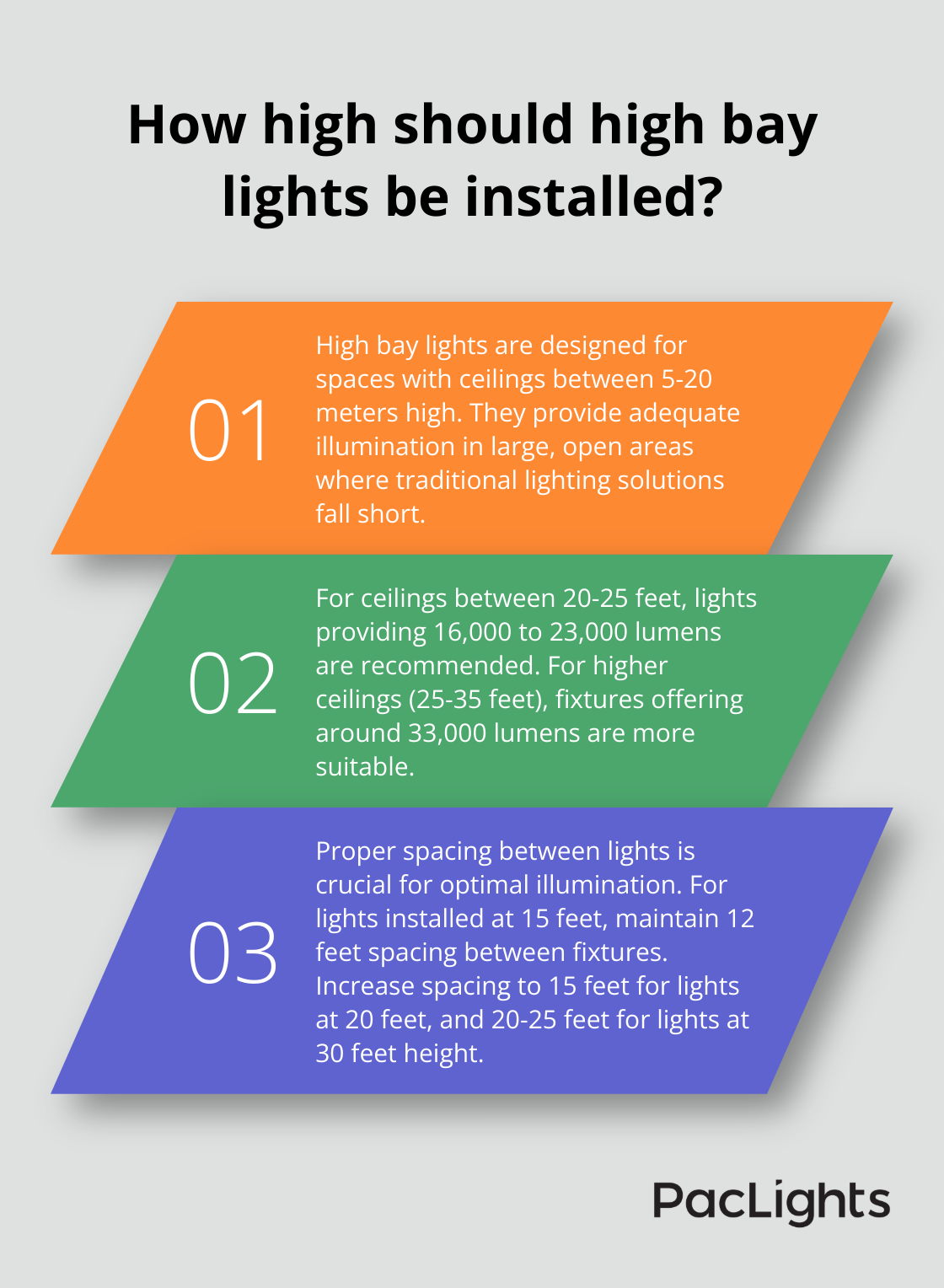
Factors to Consider When Choosing High Bay Lights
Ceiling Height and Mounting Options
The height of your ceiling influences the type of high bay light you should select. For ceilings between 20-25 feet, lights providing 16,000 to 23,000 lumens typically suffice. Higher ceilings (25-35 feet) require fixtures that offer around 33,000 lumens.
Mounting options matter too. Pendant mounting suits linear high bays, while hook mounting works well for UFO-style fixtures. Some spaces need surface mounting or aircraft cable suspension. Always consider your ceiling’s structural integrity and ease of installation when choosing a mounting method.
Light Output and Energy Efficiency
Light output (measured in lumens) ensures adequate illumination. However, energy efficiency holds equal importance. Look for fixtures with high lumens per watt ratios. Modern LED high bays can offer up to 160 lumens per watt, outperforming traditional metal halide or fluorescent options.
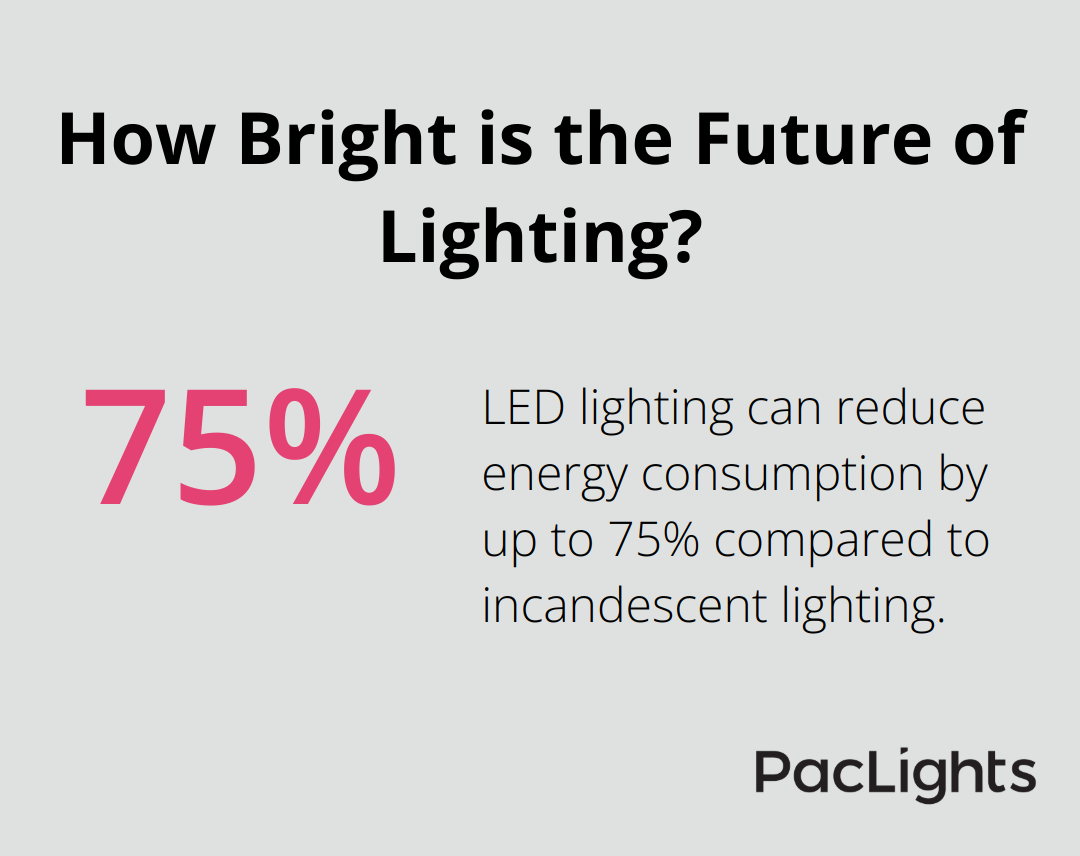
The Department of Energy reports that LED lighting can reduce energy consumption by up to 75% compared to incandescent lighting. This translates to substantial cost savings over time. A 200W LED high bay can replace a 400W metal halide fixture while providing the same or better illumination.
Color Temperature and Light Quality
Color temperature affects the mood and functionality of your space. Warm colors are associated with coziness and relaxation, while cooler colors can evoke alertness and focus. This connection is deeply rooted in our perception of light.
The Color Rendering Index (CRI) also plays a key role. Try to select a CRI of 80 or above for most applications. However, tasks requiring precise color discrimination (such as quality control in manufacturing) might need a CRI of 90 or higher.
The Illuminating Engineering Society (IES) provides specific recommendations for light levels in different spaces. They suggest 300 lux for general warehouse areas and up to 750 lux for detailed assembly work.
Beam Angle and Light Distribution
The beam angle of your high bay lights determines how light spreads across your space. UFO high bays typically offer a beam angle of 120 degrees, suiting open areas. Linear high bays often provide more focused light distribution, benefiting spaces with aisles or specific work areas.
Consider your space’s layout when choosing beam angles. A narrower beam angle might highlight specific areas or products better, while a wider angle ensures more even illumination across a large area.
Durability and Environmental Protection
Durability matters, especially in industrial environments. Select fixtures with robust construction and high impact resistance ratings. The IK rating system measures impact protection (IK10 being the highest level).
Environmental protection holds equal importance. The Ingress Protection (IP) rating indicates how well a fixture resists dust and moisture. Most indoor applications need an IP65 rating (dust-tight and protected against water jets). More challenging environments (like food processing facilities) might require fixtures with higher ratings such as IP66 or IP67.
These factors form the foundation for selecting the right high bay lights. The next section will explore additional features that can enhance the performance and versatility of your lighting system.
Essential Features for High Bay Lights
LED Technology
LED technology revolutionizes the lighting industry. LEDs use up to 90% less energy and last up to 25 times longer than traditional incandescent bulbs. This results in significant energy savings and lower maintenance costs over time.
Smart Controls and Dimming
Advanced control systems optimize energy use. Occupancy sensors reduce energy consumption by 30% in warehouses (according to the Energy Trust of Oregon). Daylight harvesting systems adjust artificial light based on available natural light, cutting lighting energy use by up to 60% in areas with windows or skylights.
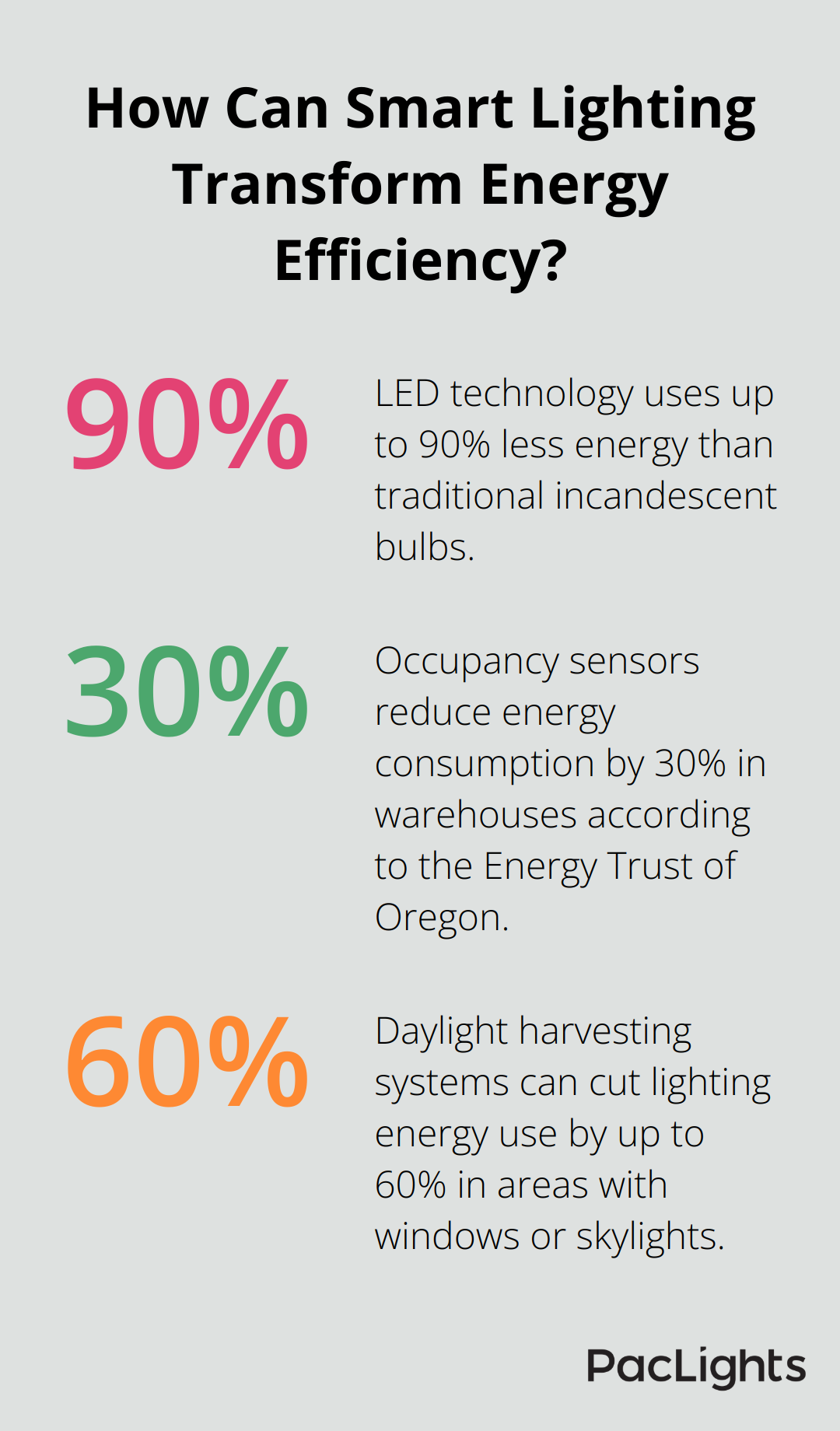
Dimming capabilities provide flexibility and additional energy savings. The ability to adjust light levels allows customization based on task requirements or time of day. Some systems enable individual fixture control, permitting precise lighting management across large spaces.
Thermal Management
Effective heat dissipation extends LED longevity. Poor thermal management leads to reduced light output and shortened lifespan. High-quality fixtures include well-designed heat sinks or active cooling systems. These features maintain optimal operating temperatures, ensuring consistent performance and longevity.
Installation and Maintenance
Easy installation and maintenance reduce labor costs over the fixture’s lifetime. Some manufacturers offer modular designs that allow quick component replacements without tools. This minimizes downtime during maintenance or upgrades.
When evaluating installation ease, consider factors like weight, mounting options, and wiring requirements. For example, some UFO-style high bays install with a simple hook mount, reducing installation time and complexity.
Certifications and Warranties
Certifications assure quality and compliance with industry standards. DLC (DesignLights Consortium) certification indicates that the product meets strict performance and efficiency criteria. UL or ETL listings ensure the fixture meets safety standards.
Warranties protect your investment. Standard warranties often cover 5 years, but some manufacturers offer up to 10-year warranties on their high bay fixtures. Always read the warranty terms carefully to understand what’s covered and for how long.
Selecting the right high bay lights involves multiple factors such as ceiling height, light output, and energy efficiency. These elements determine the most suitable lighting solution for your space. The appropriate high bay lights illuminate effectively, create a safer environment, and reduce operational costs.
PacLights offers a range of high bay lights for various industrial needs. Our products combine energy efficiency and durability to meet unique facility requirements. We provide lighting layout designs and ROI assessments to help you choose the best option for your space.
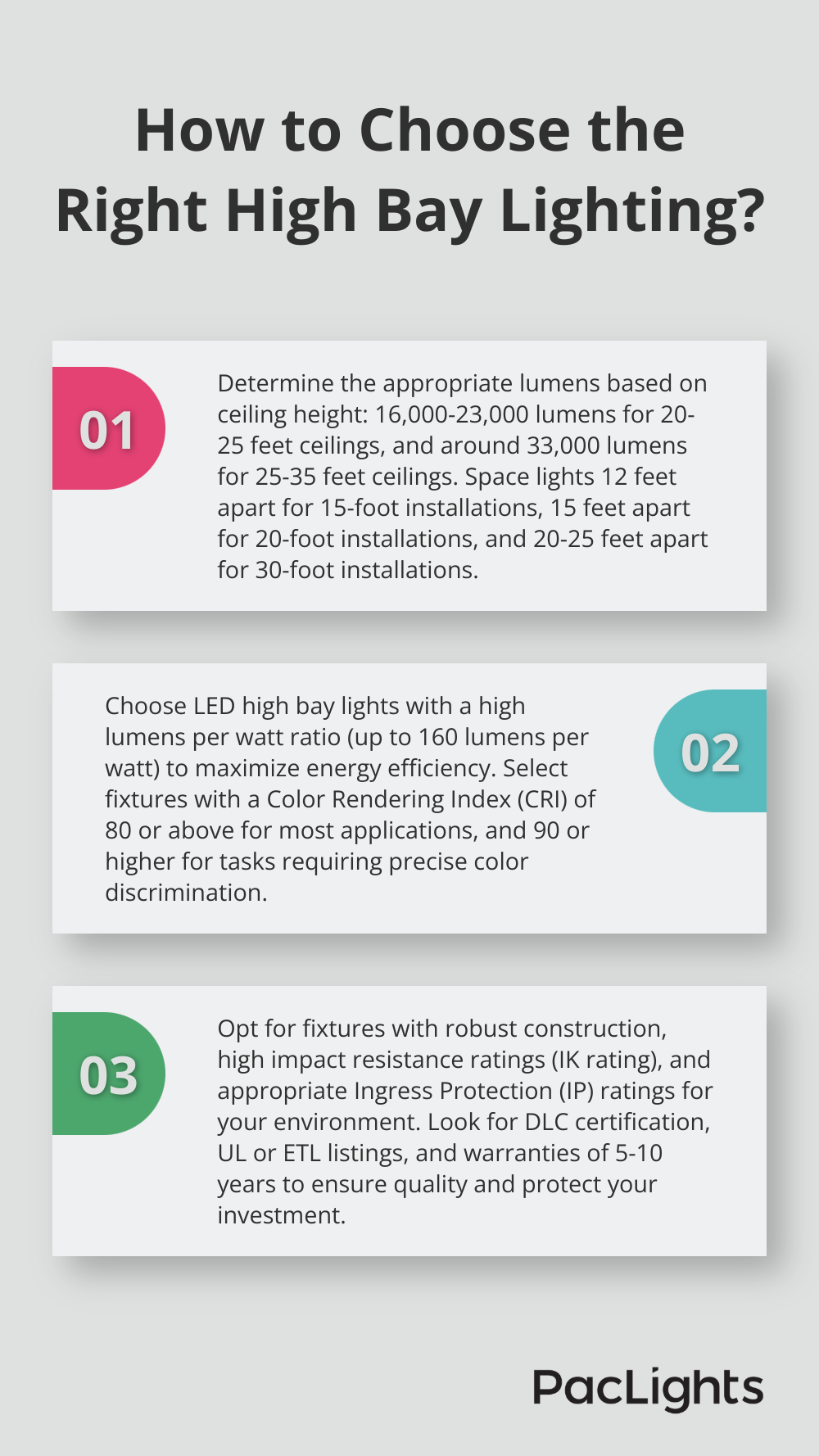
The right high bay lights transform more than just illumination – they enhance functionality and appeal. Investing time to understand your options and working with experienced professionals creates a lighting solution that improves your facility. Our team can guide you through selection and ensure smooth installation for new or upgrade projects.



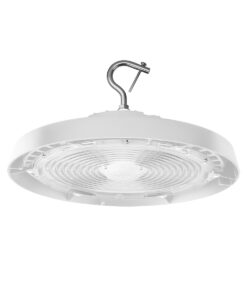

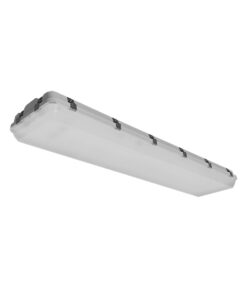
Disclaimer: PacLights is not responsible for any actions taken based on the suggestions and information provided in this article, and readers should consult local building and electrical codes for proper guidance.